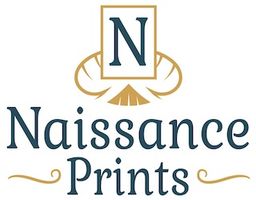What Is Giclee Printing
The term "Giclée" has an intriguing and somewhat mysterious origin. It traces back to a pivotal moment when musician and photographer Graham Nash faced a creative dilemma. After losing the negatives of photos he had taken of Joni Mitchell for an upcoming show, Nash had to improvise. Using a Disney-developed state-of-the-art scanner, he digitized his contact sheets and printed them on an Iris 3047—a high-resolution industrial inkjet printer initially designed for prepress proofing. The results were so striking that Nash invested in an Iris printer of his own, laying the foundation for Nash Editions. In the early 1990s, Jack Duganne, a printmaker at Nash Editions, sought a term to distinguish these fine art prints from standard commercial proofs. Drawing inspiration from the French word gicléur (meaning "jet" or "nozzle") and the verb gicler ("to squirt"), he coined the term Giclée, which translates to "a spurt of liquid." Whether these stories are entirely accurate isn't the point. What matters is that Giclée, a neologism, symbolizes artistic innovation. Today, the term has evolved to represent high-quality inkjet printing with pigmented inks on archival materials—a natural progression from its origins in artistic ingenuity.
